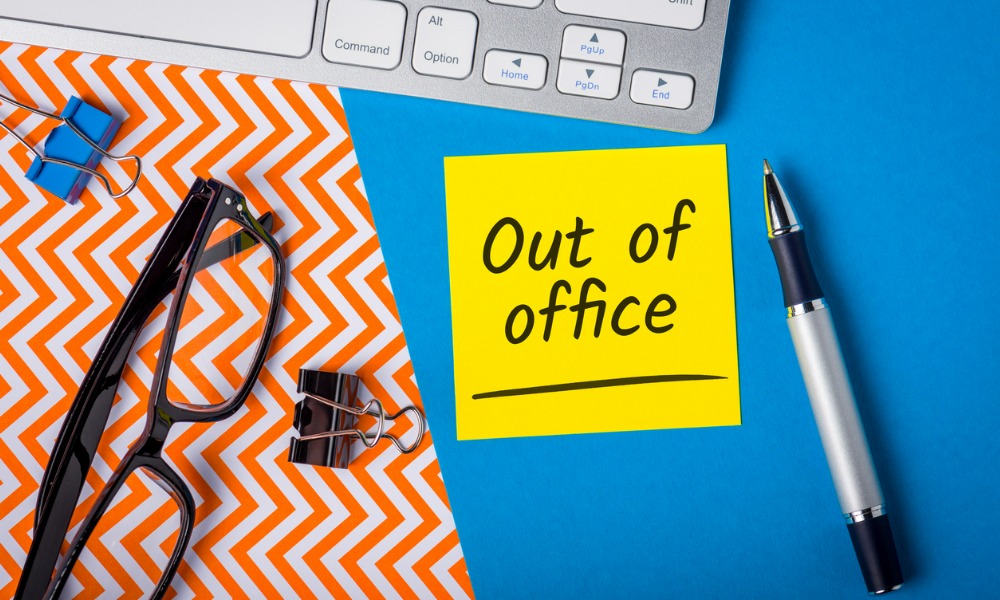
Fully disconnecting 'critical to productivity and mental health'

Despite the risk of suffering from burnout, employees aren't taking time off and are blaming it on financial concerns and overwhelming workload.
A survey by Eagle Hill Consulting of 1,001 employees in the US revealed that 39% of workers have not taken time off in the last 12 months.
Younger workers (43%) are most likely to not take the time off, as well as lower-income staff (59%).
The respondents cited the following reasons for not taking time off:
And even when employees take the day off, 27% said they are not fully disconnecting and are still checking their work email and messages.
Fully disconnecting from the demands of the workplace is "critical to productivity and mental health," according to Melissa Jezior, president and chief executive officer of Eagle Hill Consulting.
"It's not just employees who benefit from taking a break. Employers that encourage employees to take time off from work are far more likely to have an engaged workforce at its peak performance. Smart employers will foster a culture that enables employees to take vacations and fully unplug from their job pressures," Jezior said in a media release.
In Australia, research from ELMO Software in 2022 also revealed that three-quarters of employees there aren't taking their annual leave, citing the rising cost of living and their workload.
The findings come as the survey also revealed high burnout rates remain among US employees.
According to the report, 46% of American employees admit to suffering from burnout at work, with younger workers (51%) and women (48%) reporting higher levels of burnout.
The findings are slightly lower than the 49% recorded in 2022, but Jezior warned employers against being complacent when it comes to addressing the problem.
"Still, nearly half of the workforce reports burnout, and that is far too high for organisations that seek optimal performance and retention of their top talent. When employees are tired and stressed, you can bet they'll either underperform or look for another job," Jezior said in a separate statement.
The top causes for burnout according to the respondents include:
Recent layoffs across the world could also have an impact on employee burnout, according to Jezior, as 83% workers said they are covering the workload of unfilled positions in their companies.
"That number could rise in the coming months given that layoffs often create more work for those who remain on the job," the CEO said.
Employees cited more flexibility and reduced workload among the top way to address burnout in the workplace. The full measures they cited include:
"It's critically important for employers to dig in to understand exactly what is causing burnout among their workers to properly diagnose and address the problem. Our research shows that workers are comfortable talking about burnout, and those conversations are essential," Jezior said.